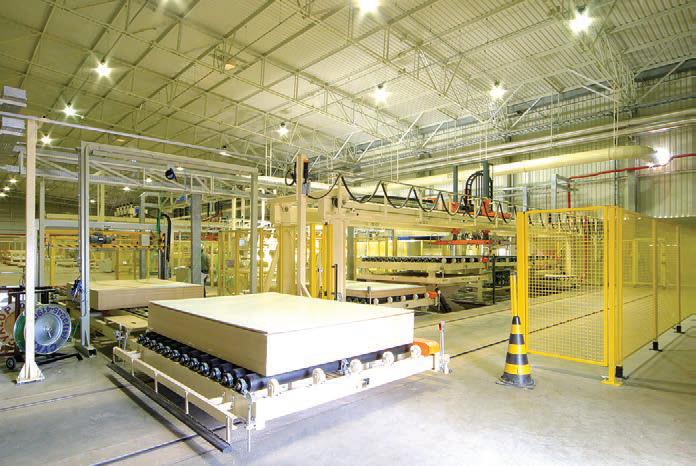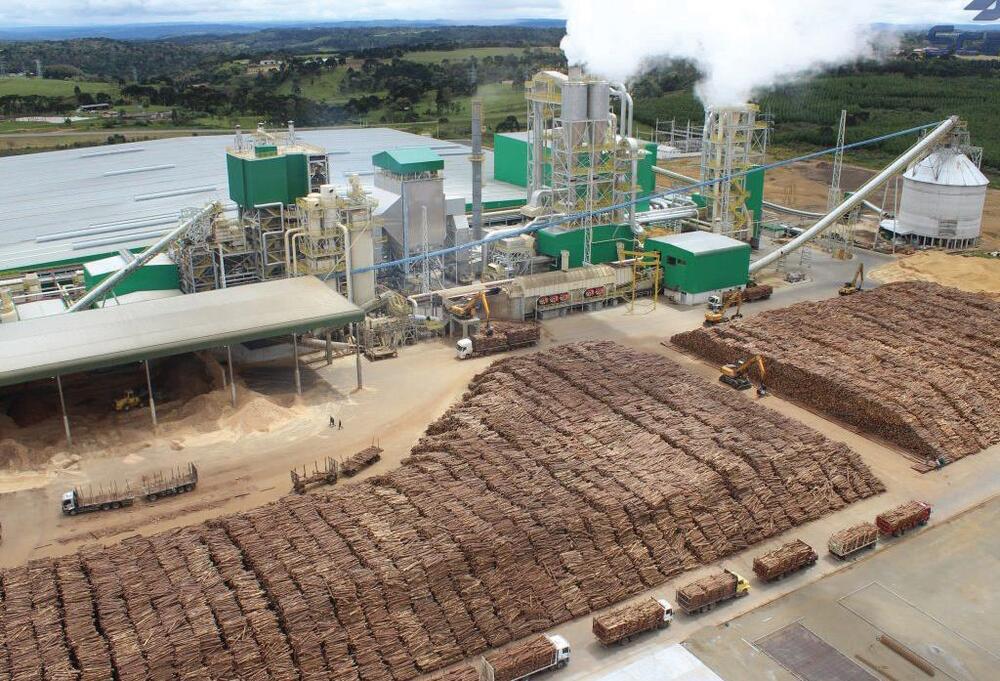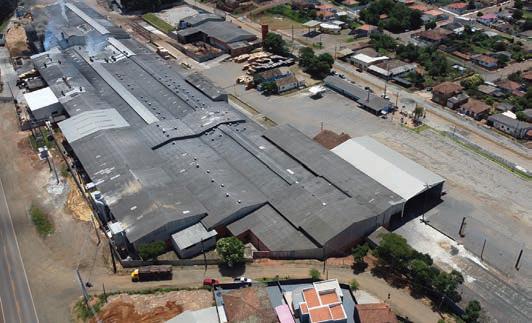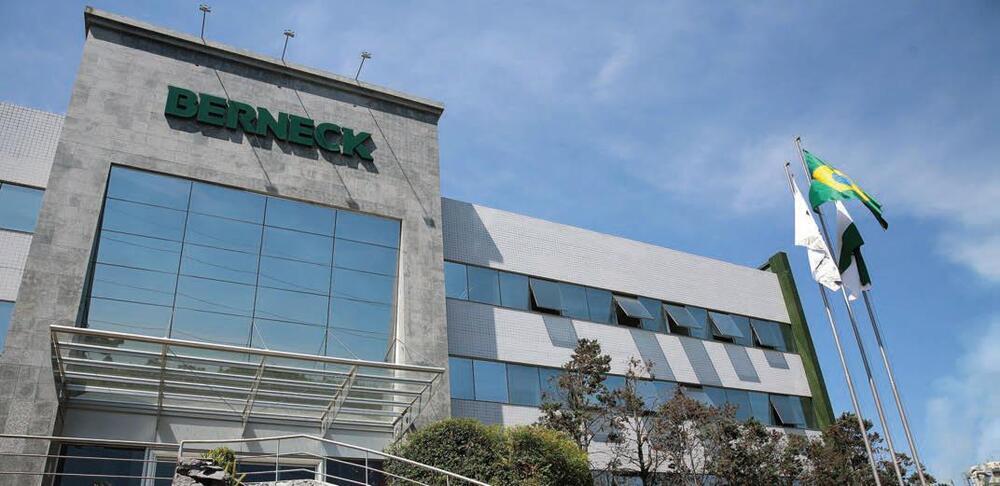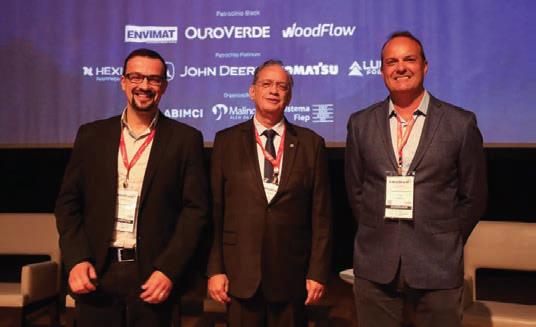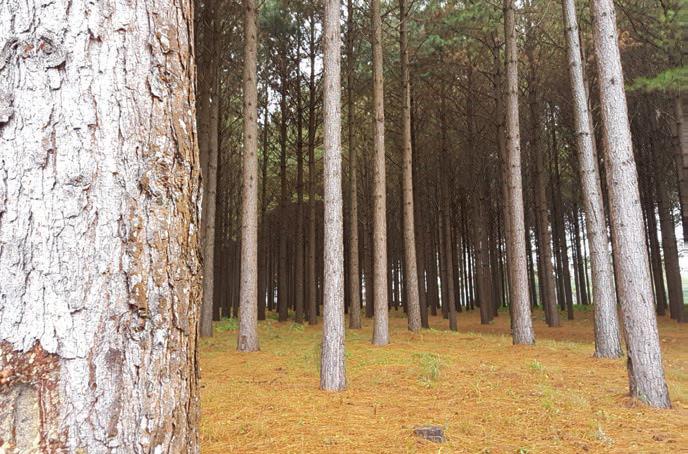Brazil panels’ sector eyes global markets expansion
29 March 2023Increased exports are likely to be a priority area for the Brazilian wood-based panels industry in the years to come, reports WBPI correspondent Eugene Gerden
The Brazil panels’ sector is steadily developing this year thanks to good growth rates, demonstrated by the construction and furniture sectors of the country and the overall improvement of the economic situation in the country.
In fact, Brazil due to its climatic characteristics has all the necessary conditions for the development of forestry sector and forest-based products, including panels.
According to recent data of the Food and Agriculture Organisation (FAO) of the United Nations, Brazil had 59% of its territory covered with 493.5 million hectares of forests (natural and planted). This reveals that the country has 12% of the forests in the world. Most of these forests are natural (485.7 million hectares).
The country is also known for planting of homogeneous forests, such as pine and eucalyptus. These species allow the production of various industry’s products, such as wooden sheets, sawn wood and firewood/chips.
In fact, the actual development of the panels industry in Brazil began during the 1960s, when the first major production facilities in the country were commissioned. Since that time the industry has made serious progress.
As Amanda Araújo de Souza, a well-known Brazil expert in the field of forestry and panels wrote in the report “Panorama de Mercado Do Setor de Painéis de Madeira”, Brazil currently occupies the eighth position among the world’s largest panel producers, with an estimated production of around 8.6 million m3.
There is a high possibility that the country may significantly strengthen its position in the global panels market, while much will depend on the ability of Brazil and its major panels producers to increase exports.
The city of Curitiba, which is the capital of Paraná state, one of the largest Brazil southern states is currently positioned as a centre of panels’ production in Brazil.
At present, large panel producers, such as Berneck, Sudati, Arauco and Guararapes have administrative headquarters or commercial offices in this region – although their manufacturing units are more spread out.
According to the Brazilian Gazeta Do Povo business paper it is the area that concentrates the largest cluster of the segment: four of the total of just 10 large scale panels’ manufacturers in Brazil are located in Curitiba. At the same time the presence of major European panels’ producers in Brazil is rather limited.
Still, since 2012, the industry has been expanding its manufacturing units to other states, particular those where the areas under planted forests have been also expanded. Among them are primarily Santa Catarina and Mato Grosso.
In terms of exports, the Latin America region has traditionally been the main regional export market for Brazil’s woodbased panels manufacturers. At the same time, part of the output is also sent to the North American market.
In general about 15% of the Brazil annual panels’ output is exported abroad. According to analysts, such relatively small export volumes, already provide serious opportunities for growth for local players.
As a rule, the sector uses wood from planted forests as its main source of raw material. The forest areas comprise around 0.5 million hectares, and are primarily located in the states of Minas Gerais, São Paulo, Paraná and Rio Grande do Sul.
According to local analysts, products such as MDP and MDF have the greatest production potential, with the domestic market consuming all MDP production and almost all MDF production.
The Covid-19 pandemic has not had a major negative impact on the panels’ sector of Brazil, which demonstrated some growth rates even at some of its peaks.
This has recently been confirmed by Juliano Vieira de Araújo, president of the Brazilian Association of the Mechanically Processed Wood Industry (Abimci). He told the Brazilian media that the country’s timber and panels’ market is currently experiencing some challenges after a period of surprising growth during the pandemic.
“The market is very cyclical,” said Juliano Vieira de Araújo.
“In regard of civil construction, during the pandemic its rates of development were very good. Lately, we have had some setbacks, but we hope that the market will pick up, with a great perspective that things will improve this year.”
Among these setbacks is the difficulty of breaking barriers imposed by some countries for Brazilian wood and wood-based products and other export limitations, which prevent more active growth of panels’ exports out of the country.
In the meantime, despite Brazil’s rich forestry resources, a shortage of raw materials currently remains another problem, which prevents a more active growth of the Brazil panels’ sector. In this regard, the industry is looking for ways to expand the base of planted forests that will ensure a regular supply of raw materials for the needs of the sector.
As Ricardo Malinovski, chief executive officer of Malinovski, Brazil’s leading analyst agency in the field of forestry and panels earlier told during the WoodTrade Brazil conference – an important industry event – most Brazilian regions have a deficit in their forest base.
He said at present many of the local producers are looking for raw materials, which is scarce in the south, south-east, midwest and north-east regions of the country, causing prices to increase.
In part, this happens due to lack of incentives for rural producers to cultivate eucalyptus or pine forests, which have growing cycles of seven and 16 years, respectively. Due to this, most farmers prefer to focus on the growing of corn and soybeans for Brazil.
Mr Malinovski believes a solution to this problem involves, among other issues, the provision of new incentives for farmers. “There need to be incentives for rural producers to plant forests”, he said.
More than 600 businessmen and professionals from the timber and forest-based industry participated in the fourth edition of WoodTrade Brazil. It is promoted in partnership by the Federation of Industries of Paraná (Fiep), the Brazilian Association of the Mechanically Processed Wood Industry (Abimci) and Malinovski. The event covered main market trends for the sector.
According to data presented by IBÁ (Brazilian Tree Industry), in the first nine months of 2022, consumption of wood panels in Brazil reached 5.25 million m3, a drop of 15.1% compared to the same period in 2021.
Exports for the reporting period, however, grew, reaching US$408.5m, compared to US$251.1m a year earlier. More statistics data is expected to be made available in the coming months.
According to analysts, the drop in production in 2022 was expected after the boom in the demand for wood panels registered in the country in 2021. This was the year in which the segment recorded production and sales records, reaching 8.2 million m3 sold in all (being 15% higher compared to the previous year of 2020) with an additional 1 million m³ being sent for exports.
Analysts also believe as the level of competition in the domestic market is tightening, the increase of exports is expected to be one of the priority areas of development for Brazil panels’ producers for the next several years.
